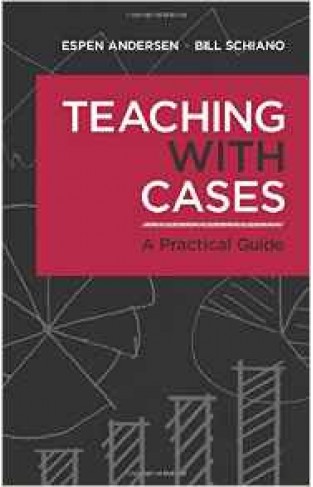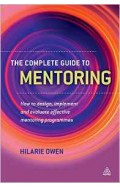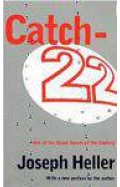Teaching with Cases: A Practical Guide
By: Espen Andersen
-
Rs 1,512.50
- Rs 2,750.00
- 45%
You save Rs 1,237.50.
Due to constant currency fluctuation, prices are subject to change with or without notice.
| Book | |
| What's in the Box? | 1 x Teaching with Cases: A Practical Guide |
Teaching with Cases: A Practical Guide
By: Espen Andersen
Rs 1,512.50 Rs 2,750.00 Ex Tax :Rs 1,512.50
Zubin Mehta: A Musical Journey (An Authorized Biography)
By: VOID - Bakhtiar K. Dadabhoy
Rs 472.50 Rs 1,050.00 Ex Tax :Rs 472.50
The Complete Guide To Mentoring: How to Design Implement and Evaluate Effective Mentoring Programmes
By: Hilarie Owen
Rs 1,537.25 Rs 2,795.00 Ex Tax :Rs 1,537.25
Myths Illusions and Peace: Finding a New Direction for America in the Middle East
By: Dennis Ross
Rs 985.50 Rs 1,095.00 Ex Tax :Rs 985.50
The Complete Guide To Mentoring: How to Design Implement and Evaluate Effective Mentoring Programmes
By: Hilarie Owen
Rs 1,537.25 Rs 2,795.00 Ex Tax :Rs 1,537.25
No recently viewed books available at the moment.
Zubin Mehta: A Musical Journey (An Authorized Biography)
By: VOID - Bakhtiar K. Dadabhoy
Rs 472.50 Rs 1,050.00 Ex Tax :Rs 472.50
Teaching with Cases: A Practical Guide
By: Espen Andersen
Rs 1,512.50 Rs 2,750.00 Ex Tax :Rs 1,512.50
The Complete Guide To Mentoring: How to Design Implement and Evaluate Effective Mentoring Programmes
By: Hilarie Owen
Rs 1,537.25 Rs 2,795.00 Ex Tax :Rs 1,537.25













-120x187.jpg?q6)














